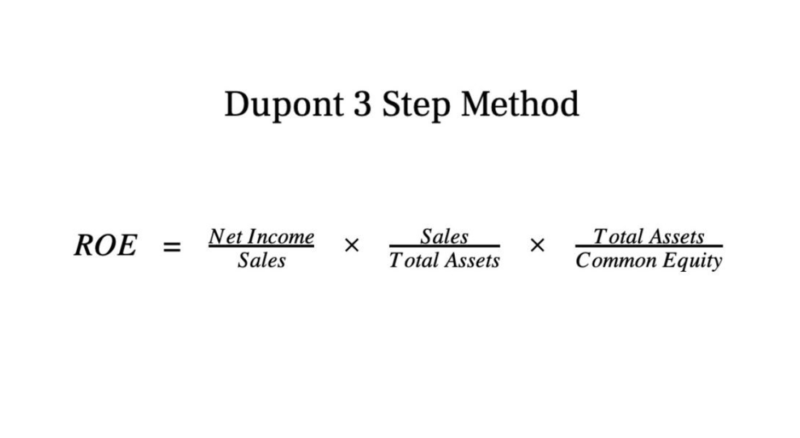
The opening and closing inventory balances are $9,000 and $7,000 respectively. Calculate average inventory, inventory turnover ratio and average selling period for 2022. Inventory turnover is calculated by dividing the cost of goods sold by the average inventory level for a given period.
- Business owners use this information to help determine pricing details, marketing efforts and purchasing decisions.
- Calculate your inventory turnover ratio easily with our user-friendly online calculator.
- Depending on your industry, a slow turnover may imply weak sales or possibly excess inventory, whereas a fast turnover ratio can indicate either strong sales or insufficient inventory.
- As problems go, ensuring that a company has sufficient inventory to support strong sales is a better one to have than needing to scale down inventory because business is lagging.
- Information provided should not be relied on or interpreted as accounting, financial planning, investment, legal, or tax advice.
- Ongoing inventory management is essential for maintaining a healthy turnover rate.
Why You Can Trust Finance Strategists
The inventory turnover rate (ITR) is a key metric that measures how efficiently a company sells and replenishes its inventory over a specific period, typically a year. Plus, it improves cash flow, allowing businesses to reinvest in new opportunities swiftly. The inventory turnover ratio is retained earnings balance sheet crucial for understanding how efficiently your business sells inventory. It highlights how well your inventory is managed and can indicate potential issues like overstocking or understocking. Regularly calculating and analyzing this ratio helps optimize inventory levels and improve cash flow.
Industry Benchmark

However, very generally speaking, the movement of this ratio from 2022 to 2024 in Walmart’s case appears to be positive. Both strategies can be usefully employed to streamline inventory flows and manage costs. Here are five successful strategies for optimising turnover rates, together with practical implementation tips.
How to Calculate Inventory Turnover Ratio
- However, very generally speaking, the movement of this ratio from 2022 to 2024 in Walmart’s case appears to be positive.
- FIFO and LIFO are two essential pillars of warehouse and stock management.
- However, credit score alone does not guarantee or imply approval for any credit card, financing, or service offer.
- The idea is swift, smart stock replenishment, reducing holding costs, storage facilities, and potential redundancy.
- After entering your data into each input field, the calculator results will automatically update the summary statement and chart.
- A higher ratio is better, but be careful not to run out of stock too quickly.
Fortunately, this is a lesser problem than scaling down inventory due to a low ratio. Simply alter your ordering cycle and increase purchase amounts to balance inventory with demand to help avoid HVAC Bookkeeping stockouts. This short-term financing can be easier to qualify for but some options may carry higher costs so choose wisely. Colgate’s inventory consists of three types of Inventory – raw material and supplies, work in progress, and finished goods. Build an engaged email list to boost sales, nurture customer relationships, and drive repeat business with targeted email marketing strategies. Business Goals – Choose the formula that aligns with your business objectives.
Inventory Turnover Ratio: What It Is, How It Works, and Formula

For instance, a company might purchase a large quantity of merchandise January 1 and sell that for the rest of the year. Sales have to match inventory purchases otherwise the inventory will not turn effectively. That’s why the purchasing and sales departments must be in tune with each other.

It indicates Colgate is taking a bit longer to process its inventory into finished goods. By understanding these factors, you can adjust your strategies to improve your ratio. It is in the best interest of the organization to compare the turnover of different types of (and grades of) material as a measure of detecting stock that does not move regularly. A financial professional will offer guidance based on the information provided and offer a no-obligation call to better understand your situation.

Inventory Turnover Ratio Explained
- An inventory turnover ratio measures how often your inventory is sold and replaced over a specific period.
- This number can be determined by adding the inventory value at the beginning of the set time period and the end.
- Analysts use COGS instead of sales in the formula for inventory turnover because inventory is typically valued at cost, whereas the sales figure includes the company’s markup.
- Inventory and accounts receivable turnover ratios are extremely important to companies in the consumer packaged goods sector.
This ratio is important because gross profit is earned each time inventory is turned. This ratio is used to determine how many times a company has sold and replaced its inventory within a given period. An inventory turnover ratio inventory turnover ratio measures how often a company sells and replaces its inventory during a specific period. Essentially, it shows how quickly a company sells its goods and how efficiently it manages stock.



